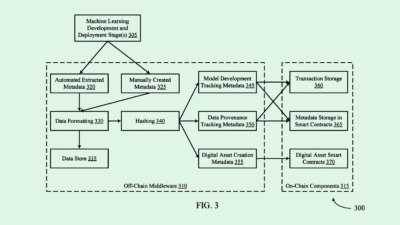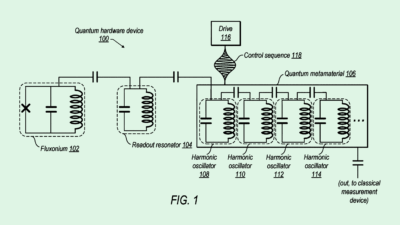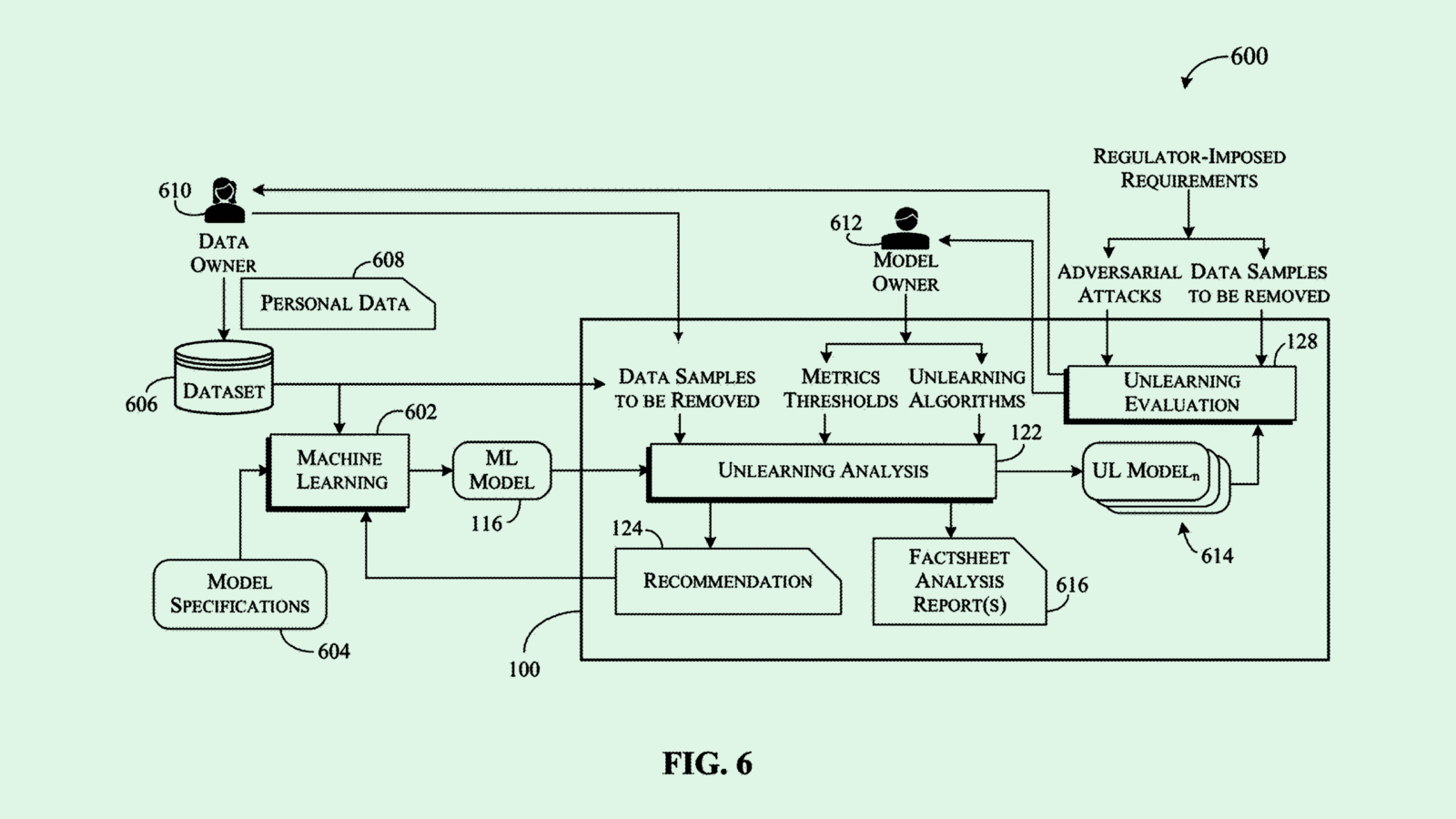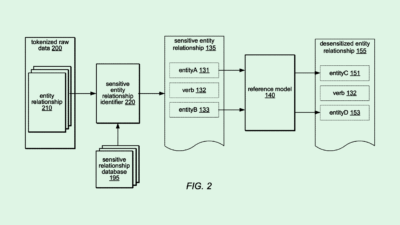Nuclear, Microgrids Could Ease the AI Power Drain
Microgrids could offer a stopgap solution until small modular reactors are ready for the market.
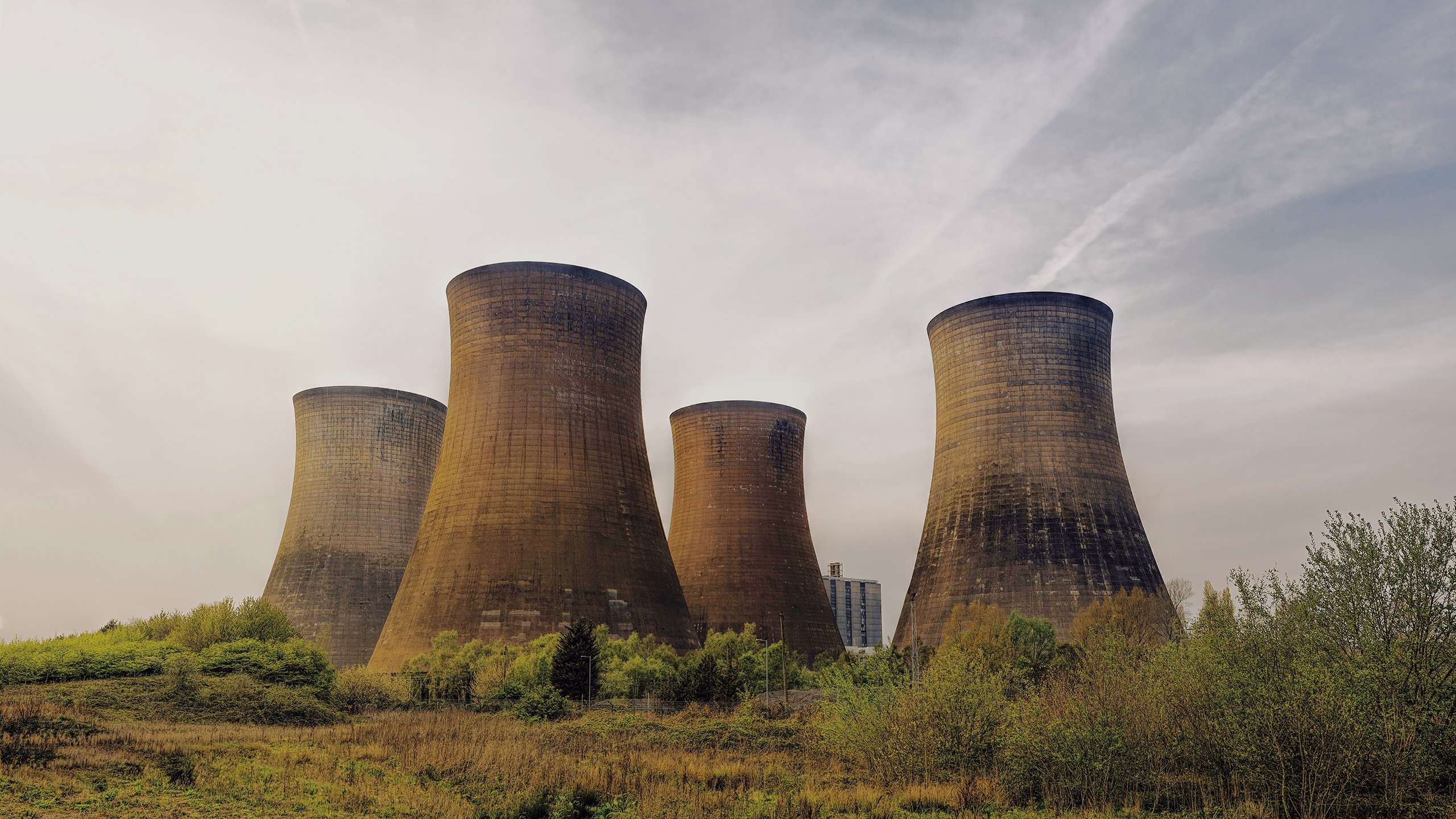
Sign up to get cutting-edge insights and deep dives into innovation and technology trends impacting CIOs and IT leaders.
It’s no secret that data centers are power hogs. Going nuclear might be part of the solution.
Small modular nuclear reactors, or reactors that are significantly smaller than your average nuclear power plant, could provide relief for the stress that data center demand poses on an already-weary power grid. But given that only three of these reactors are actually in operation, scaling them is slow-going, and likely won’t be commercially viable for at least five years.
In the meantime, microgrids could offer support to ease the burden on the grid without slowing down AI growth, said Michael Stadler, chief technology officer of Xendee.
“It’s really important to start thinking about what we can do now about this power problem,” said Stadler. “We are thinking about what could happen in five years or 10 years, but I think we have to start acting now.”
Microgrids connect a patchwork of distributed energy resources, such as generators, batteries or solar, that operate within a set boundary to power a single facility. These systems can be connected to the power grid or act in an isolated “island mode,” said Stadler.
While microgrids have been around for decades, they’re garnering more attention as AI and data centers increase pressure on utilities: Goldman Sachs Research predicts that global power demand from data centers could jump 150% by 2027.
- In the context of a data center, a microgrid would simply expand on the generators that many data centers already have for backup power. Using a microgrid could allow data centers to harness renewable power, battery storage and grid power depending on immediate needs, reducing emissions and costs, said Stadler.
- “This is now why we are getting into the data center space, because data centers have high power demand, and utilities are really far behind in upgrading the system,” said Stadler. “So why not install something on-site?”
And how does nuclear come into the picture? Because these microgrids are made up of several different interconnected energy sources, once small modular reactors are available, these grids could be augmented to use them, said Stadler.
A recent white paper by Xendee performed cost modeling for potential microgrids on data centers in Santa Clara, California, and Ashburn, North Carolina. The paper forecasted that implementing microgrids that give way to small modular reactors by 2035 could result in operational expenditure savings of nearly 80% and 60%, respectively.
“It’s basically a stepwise approach which allows you to adapt to changes in the future,” he said.


